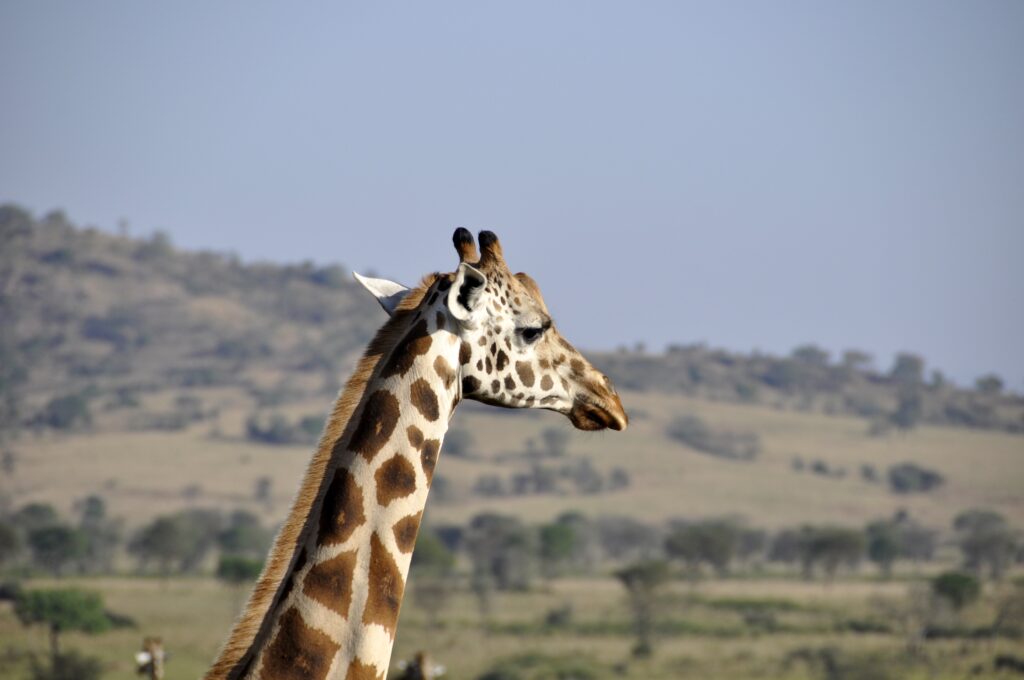- Overview
- Trip Outline
- Gallery
No details found.
Itineraries
Day 1
ARRIVAL NAIROBI
Meet at the airport. Transfer to the hotel.
Overnight in Nairobi
Day 2/3
AMBOSELI
Nairobi was established in 1896, on a plateau 1600m above sea level as a direct result of the construction of the Mombasa - Lake Victoria railway line. Its name originates from a small river called 'Enairobi', meaning 'cool' in Masai. The Kenyan capital is now a modern city with a population of over one million.
The tar road leads us to the colourful, bustling border town of Namanga with Amboseli National Park just a short drive away on the dirt road. The white and crystalline snows of Mt. Kilimanjaro provide a majestic backdrop to a spectacular display of wildlife. Amboseli comprises several different wildlife habitats - a seasonal lake, swamps and marshes, open plains, woodlands and lava rock thorny bush country.
Lion and cheetah are common, as well as buffalo, eland, waterbuck, hartebeest, impala and gazelle. The park is renowned for its large herds of elephants.
Overnight in the park
Day 4
TOWARD LAKE NATRON
We cross the Tanzanian border at Namanga. Driving westwards, we reach the foot of Kitumbeine volcano. Gelai Lumbwa is a lively place where many Masais water their stock. The track winds through a wide plain toward majestic Ol Donyo Lengai and reaches the shores of Lake Natron. We are in the heart of Masai country, in an unbelievable mineral environment.
Overnight on Ngaro Sero riverbank
Day 5
LAKE NATRON - NGORONGORO
Just before sunrise, we venture down to the lake to feel the unique atmosphere of this mineral world. As we climb out of the rift valley up the steep escarpment several hundred metres high, we take a last look towards Mt Gelai and the shimmering surface of Lake Natron. As the dirt track wends its way across the plains, cattle and wildlife grazing harmoniously side by side. However, during February and March thousands of young wildebeest are born in this area. This is a veritable feast for the lions and hyenas that follow the Migration.
Overnight at the crater rim
Day 6
NGORONGORO
The 600m deep caldera shelters the most beautiful wildlife heaven on earth. Stunning views and scenic grandeur are the hallmark of this natural wonder. The crater is home to a microcosm of East African game, with a permanent population of 30,000 animals. It is one of the few places in Africa where you stand a very good chance of seeing ‘The Big Five’.
Overnight at the crater rim
Day 7/8/9/10
SERENGETI
Visit the museum on the rim of Olduvai Gorge where Louis and Mary Leakey discovered fossils of various species of early man. The Serengeti National Park has the greatest concentration of game in Africa.
Two million wildebeests, half a million Thomson's gazelles, and a quarter of a million zebras roam its endless plains. From November to May during the rainy season, wildebeests and zebras congregate on the open grasslands: This annual migration through the Serengeti is one of the most wonderful sights in the natural world. Many carnivores such as wild dogs, lions, cheetahs and hyenas follow the migration, making sure that only the fittest survive. The diverse habitats of the Serengeti support some 30 species of large herbivores and nearly 500 species of birds. Some of the largest crocodiles in Africa can be seen on the banks of the Grumeti River. Bird life is everywhere. Eagles, marabous, ibis, storks, hornbills, and ostriches abound.
Our daily game drives vary depending on the season and the concentration of animals. Crossing the reserve from the East to the West, we head up to Lake Victoria.
Overnight in the park
Day 11
MASAI MARA
The Masai Mara National Reserve offers breathtaking views, a rare density of animals and many varieties of game are to be found on the plains.
The annual migration of wildebeests and zebras tracked by predators such as lions, hyenas, and cheetah reaches the Mara's grasslands in June. Driving through the midst of these great herds is an unparalleled experience. Black rhinos, elephants, buffalos, topis, gazelles also roam the gentle rolling grasslands. The rivers are home to hippos and crocodiles. Birds too are prolific, including migrant birds and some 50 species of birds of prey.
Overnight in the park
Day 12
KERICHO – NAKURU
This is tea country. As far as the eye can see, the rolling hills are carpeted in neat, bright green tea bushes. Kenya is one of the largest tea producers and Kericho is in the heart of tea plantation country. We pop into the charming Tea Hotel for a cuppa before continuing on to the Kikuyu highlands, then down the Rift Valley through a mainly agriculture area to Nakuru.
Overnight in Nakuru
Day 13
LAKE BOGORIA
Lake Bogoria is at the heart of an arid landscape, in the shadow of the dramatic walls of the Laikipia plateau. The soda waters of the lake attract flamingos in the thousands and the gleaming surface is often carpeted pink. Along the shore we find pools of hot water bubbling from the ground and geysers spurting steam high into the air. Still volcanically active, the reserve is a birdwatchers’ paradise, with cranes, fish eagles, avocets and hornbills among the many species found in the area. The park also protects one of Kenya's remaining herds of greater kudus as well as being home to gazelles, zebras, and baboons.
Overnight in the park
Day 14
NAIROBI - DEPARTURE
A good road crosses Kikuyu country. We stop at busy, colorful market places, before reaching Nairobi.
In the evening, transfer to the airport.








